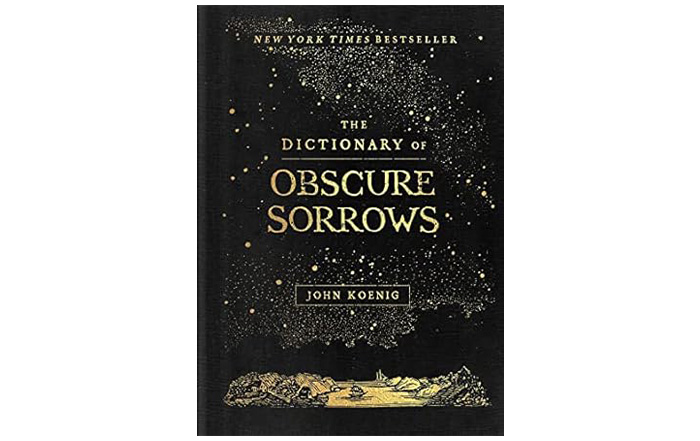Where to find this idea:
The Dictionary of Obscure Sorrows by John Koenig
Opia is a beautiful and obscure word that doesn’t exist in traditional dictionaries, but that encompasses a feeling that we’ve all experienced — the ambiguous intensity of looking someone directly in the eye.
It feels simultaneously intrusive and vulnerable. It’s akin to standing before a mysterious portal, knowing that someone is on the other side. Like there is a tiny room housing the essence of who that person is. You’re privy to a fleeting view of their strength, their struggles, their vibrancy, their fears, and their aspirations. It’s a powerful, intimate connection, a testament to the depth of human spirit.
Eye contact is only a glance, but so much can be said in a glance. We store much in that small room, much that others never witness. We present merely a fragment of who we are, or what we believe others expect from us. Every now and then, someone might get close enough to peek inside and they might even see you more clearly than you’ve ever seen yourself.
Opia is both beautiful and uncomfortable. The exchange of vulnerability and emotion that transpires through our gaze can be startlingly intense and raw. Each encounter serves as a plunge into the depths of another’s essence while simultaneously unveiling your own.
This feeling can happen in many situations: romantic encounters, when two people lock eyes for the first time and there’s an unspoken connection. At a job interview, when you meet your interviewer’s gaze. Meeting up with an old friend, when you look at each other after a long time and share feelings of joy and nostalgia.
What makes opia such an intriguing concept is that it acknowledges the depth and intensity of human connection and communication that can occur without words. It emphasizes the power of non-verbal cues, particularly eye contact, in conveying emotions, intentions, and unspoken bonds.

